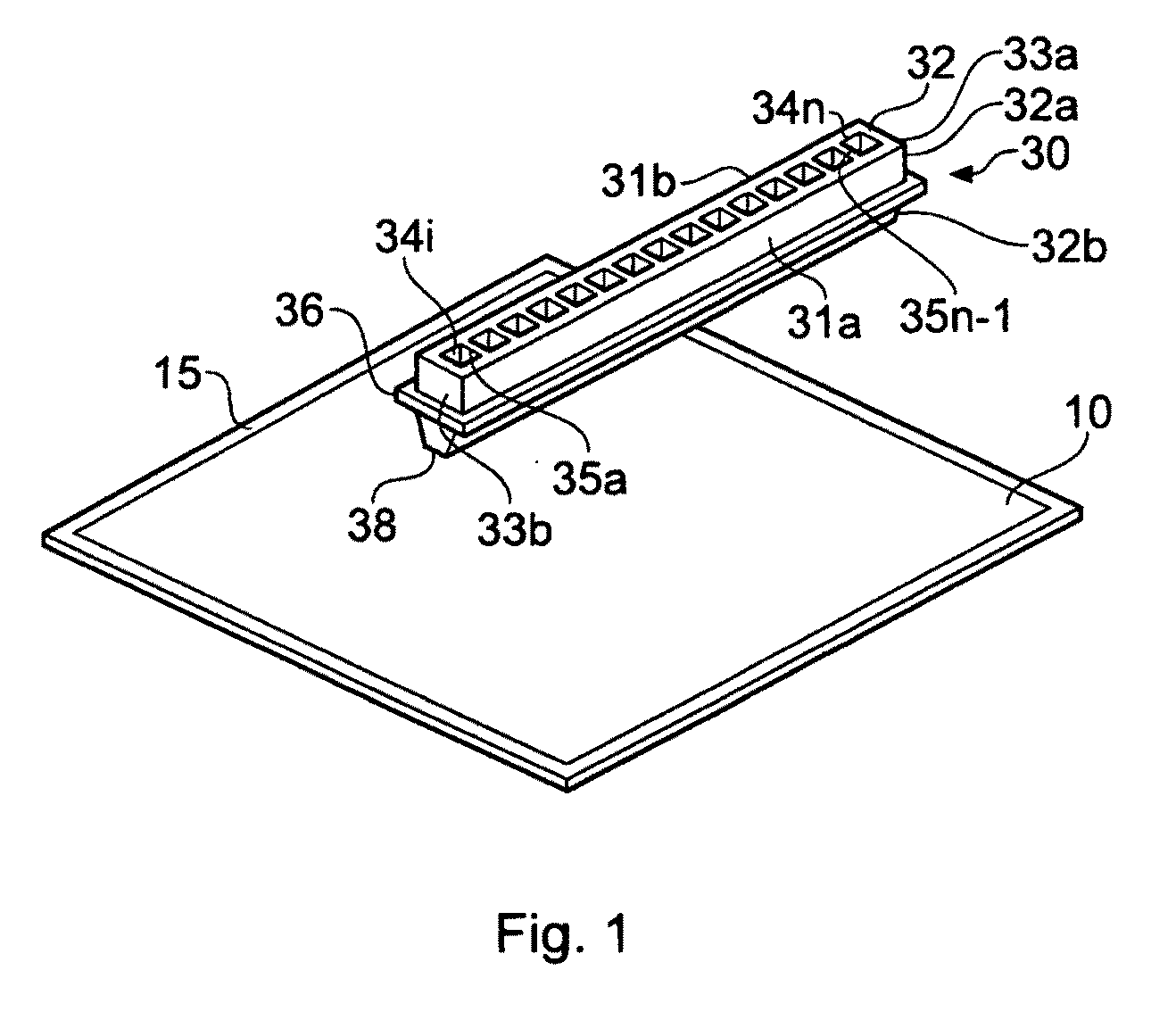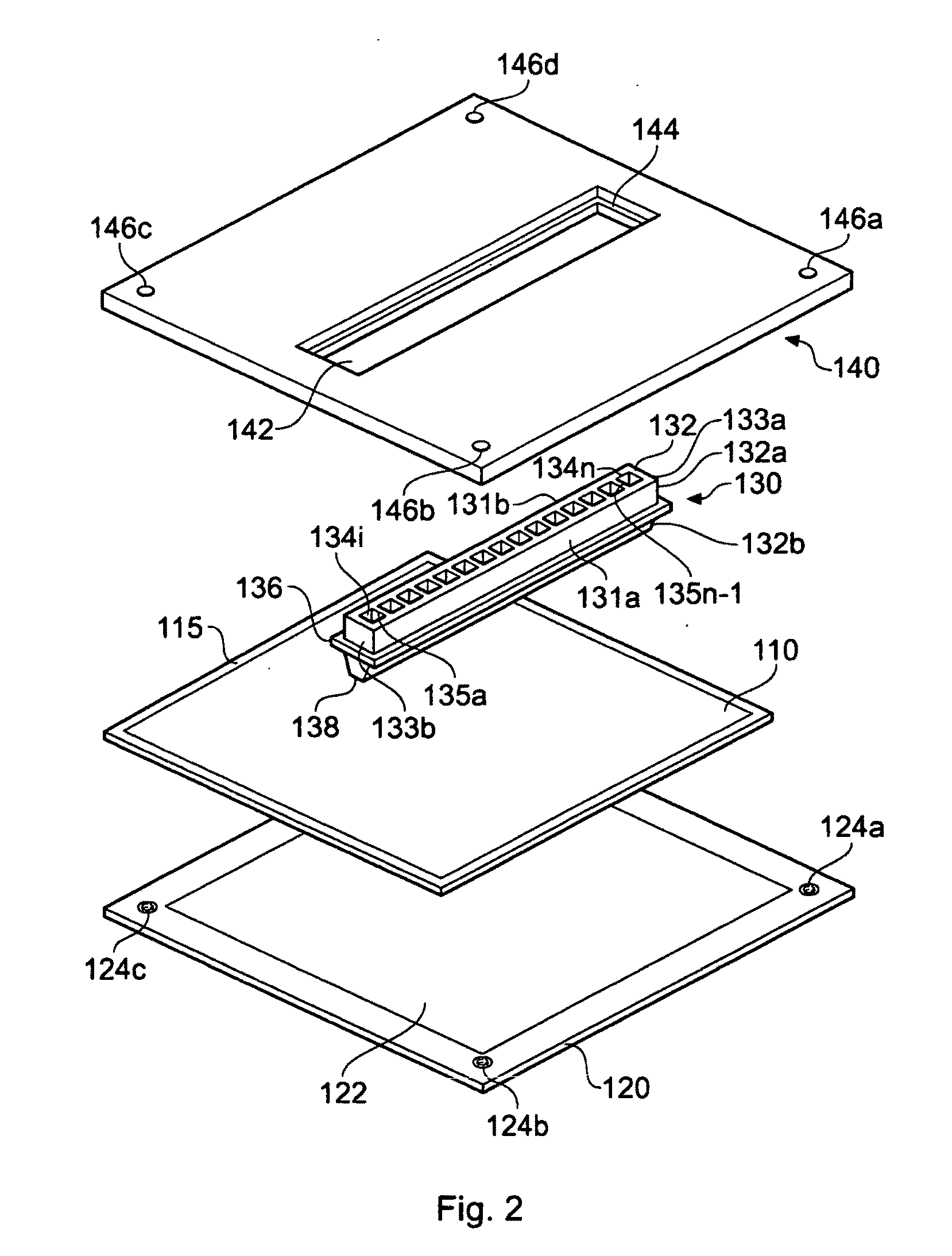Methods and systems for adding a reagent to an analyte in a gel
a gel and reagent technology, applied in the field of methods and systems for adding a reagent to an analyte in a gel, can solve the problems of difficult automation, high labor intensity, and difficulty in obtaining analyte from the gel, and achieve the effect of reducing labor intensity and reducing labor intensity
- Summary
- Abstract
- Description
- Claims
- Application Information
AI Technical Summary
Benefits of technology
Problems solved by technology
Method used
Image
Examples
specific examples
Isoelectric Focusing. Fluorescence Analysis and Extraction of Peptides
[0079]0.5 mg of a tryptic digest sample from Saccharomyces cerevisiae, Type II, was mixed with 5 μg of each of the pl-markers ‘3.73’, ‘4.25’ and ‘4.54’. A ‘pl-marker’ is a fluorescently labelled peptide with known isoelectric point that can be detected by fluorescence scanning. The fluorescent label used was Cy5™ (available from Amersham Biosciences AB; Sweden) which emission spectrum is taken at ˜660 nm (Ettan DIGE System—User Manual, Amersham Biosciences AB, Sweden). A 24 cm IPG peptide strip (pH 3.4-4.8) was rehydrated overnight (˜15 hours, room temperature) in 350 μl of 8M urea and sample solution. The rehydrated strip was transferred to an Ettan™ IPGphor™ manifold and isoelectric focusing was run using the following program: Gradient 500 V 1 minute, Gradient 4000 V 1.5 hours, Gradient 6000 V 1.5 hours, Gradient 10000 V 1.5 hours, Step 10000 V 12 hours (total ˜150 kVhrs). Ettan IPGphor II was used as the focus...
PUM
| Property | Measurement | Unit |
|---|---|---|
| Separation | aaaaa | aaaaa |
Abstract
Description
Claims
Application Information
 Login to View More
Login to View More - R&D
- Intellectual Property
- Life Sciences
- Materials
- Tech Scout
- Unparalleled Data Quality
- Higher Quality Content
- 60% Fewer Hallucinations
Browse by: Latest US Patents, China's latest patents, Technical Efficacy Thesaurus, Application Domain, Technology Topic, Popular Technical Reports.
© 2025 PatSnap. All rights reserved.Legal|Privacy policy|Modern Slavery Act Transparency Statement|Sitemap|About US| Contact US: help@patsnap.com



